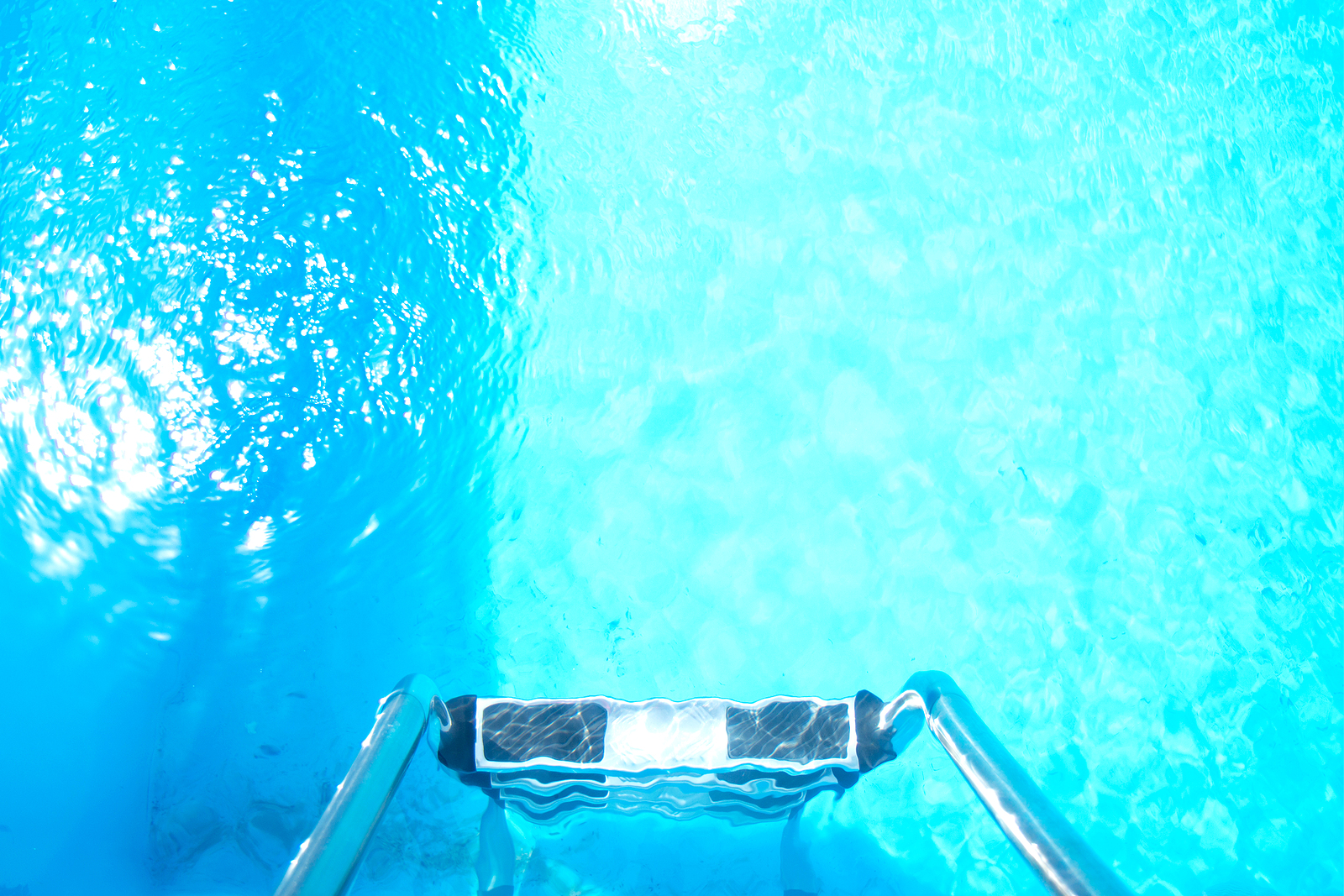Summer 2020 and 2021 saw the sale of pools, and homes with pools, skyrocket. In July of this year, “… a basic vinyl in-ground pool — without the bells and whistles of heating, decking or any further customization — costs $85,000 on average, up from the $60,000 to $65,000 in 2019,” said Zachary Kussin at nypost.com.
As a result, a huge swath of the American public has been subjected to crash courses in subjects such as balancing the chlorine and pH levels in their pools, checking alkalinity and calcium hardness levels, keeping the pool chlorinated and more.
With winter just few months away, their next question will be “What do I do to get this thing ready for winter?”
If you’re among the curious, read on.
Open your pool early and close your pool late
It’s tempting to want to get a head start on closing your pool as summer winds down and kids head back to school. Tempting, but not wise.
“If you close your pool while the weather is still warm, the winter protection chemicals you’ve added will often not last until spring,” according to Lana Seidman with HIC of Staten Island, Inc., a non-profit trade association
She goes on to explain that “… pool chemicals are consumed much faster in hotter temperatures versus cooler temperatures.”
How hot is hot? Sixty degrees Fahrenheit appears to be the magic number. This is the temperature at which algae goes dormant, according to Seidman. Wait until the water temperature remains consistently lower than 60 degrees before closing your pool.
Give the pool a good scrub
The experts at Thatcher Pools recommend that you “… grab the pool brush and your telescoping pole and start scrubbing. Scrub everything from the walls to the floor, and get to the nooks and crannies if you can.”
Not only does this process loosen debris but also algae spores that may have settled into those nooks and crannies.
Finally, vacuum up all the loosened debris.
Get those chemicals balanced
Here’s what to aim for, according to those pros at Thatcher Pools:
- pH: 7.2 to 7.8
- Alkalinity: 100 to 150 parts per million (ppm)
- Chlorine: Less than 5 parts per million.
Add an algaecide (never add this when the chloring level is high) and pool enzymes next. Consider using a Winter Pill that will work all winter long.
You’ll also want to shock the pool, regardless of how clear the water is. Find a shock product designed to be used when closing a pool that contains “… at least 65 per cent hypochlorite.”
No, the work isn’t over yet, but this gives you a good head start. You’ll find pool closing walk-through tutorials and videos online.






